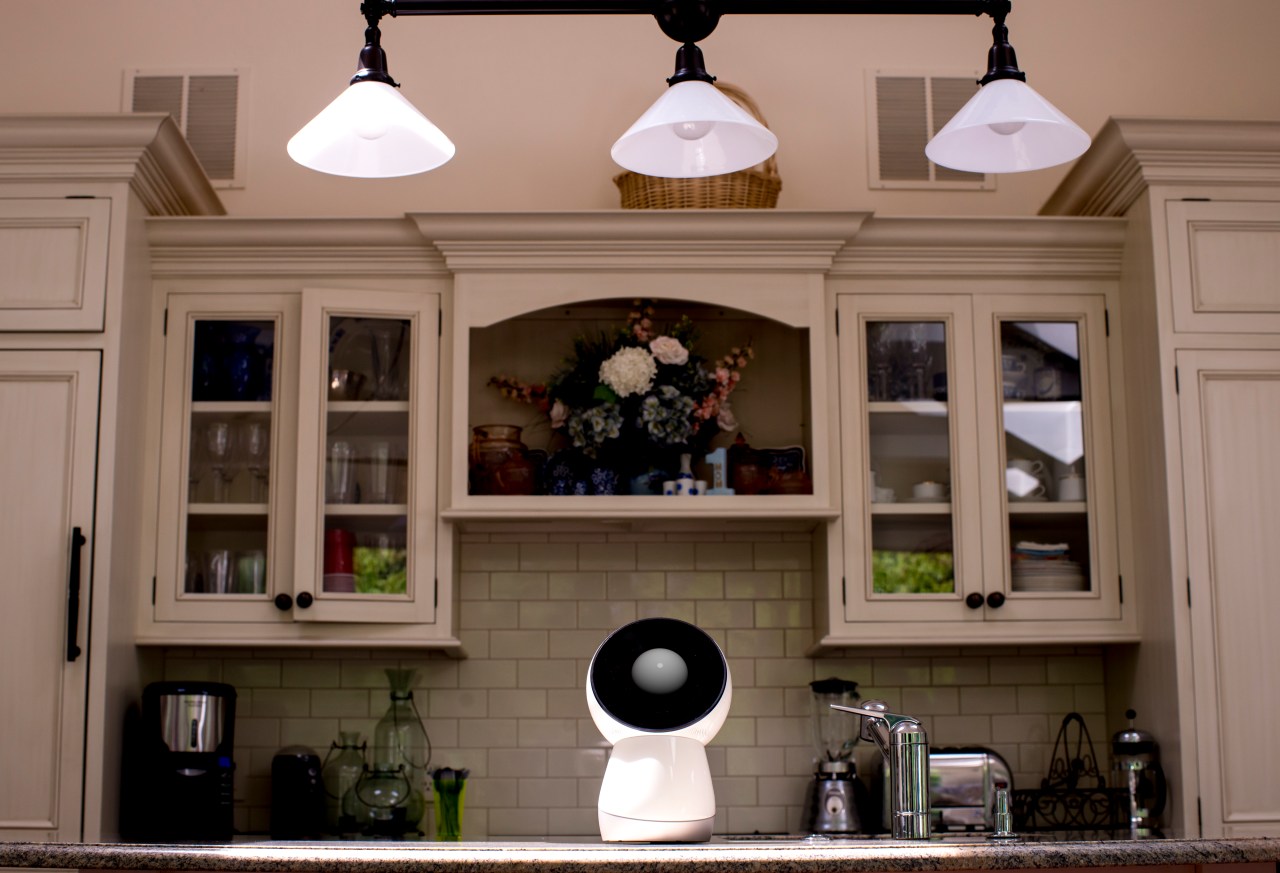The world is on the brink of a technological transformation, one that signals a significant shift in how we live and work. The spotlight is on robots, specifically the next generation of them, which are increasingly becoming smarter, more perceptive, and capable of learning in ways previously thought impossible. From homes to hospitals, robots like the charming Jibo to complex industrial machines are reshaping industries and day-to-day lives alike. Join us as we explore the burgeoning robot revolution and what it means for our future.
The Rise of Intelligent Robotics
Remember the days when industrial robots were mere assembly line fixtures? Fast forward to today, and we are witnessing a blooming of robotics that goes far beyond those limitations. Robots are now designed for multi-faceted roles and are equipped with the capability to process vast amounts of data, adapting their functions based on user interactions and environmental changes. This transformation is made possible, in large part, due to breakthroughs in electric energy storage and enhancements in computational power.
The Expanding Landscape of Robotics
The potential applications of robots are seemingly endless. While factories were once the mainstay for robotic technology, they’re now branching into various sectors:
- Education: Robotic tutors and companions are making waves, providing personalized learning experiences for students.
- Healthcare: Robots are not just assisting surgeons; they are aiding in patient care, rehabilitation, and even providing companionship.
- Retail: From restocking shelves to assisting in customer service, robots are enhancing shopping experiences.
- Military: Unmanned systems are now conducting reconnaissance and logistics, freeing up human resources for strategic tasks.
Consumer Demand: A Gamechanger
What’s remarkable is the surge in consumer demand for robots. The consumer robotics market is projected to skyrocket, with investments from notable firms like Andreessen Horowitz and Sequoia fueling innovation in entertainment and educational robots. In a world where convenience reigns supreme, personal drones have also captured the masses’ imagination—evidence of which lies in the staggering investment figures, as seen with companies like DJI.
Technical Finesse: The Next Steps in Robotics
The future of robotics hinges on more than just physical capabilities; it requires a robust technological framework. Here’s how this will unfold:
- Advanced Sensors: A shift towards robots that can hear, see, and feel will require sophisticated sensors. Every input necessitates specialized processors to interpret that sensory data.
- AI and Software Integration: The underlying software—be it AI, computer vision, or natural language processing—will become foundational. These technologies will empower robots to adapt and communicate more effectively.
- Enhanced Connectivity: To ensure operational efficiency, improved communication infrastructure is crucial. The dependency on internet connectivity will require innovations in data transmission to keep robots functioning optimally.
Conclusion: The Road Ahead
The robot revolution is not just an idea; it is an unfolding reality poised to alter how we interact with technology. As robots continue to multiply and evolve, they will not only serve specific functions but also enhance overall human productivity, companionship, and experience. The journey has only just begun, and the horizon is filled with limitless possibilities for innovation and collaboration.
At fxis.ai, we believe that such advancements are crucial for the future of AI, as they enable more comprehensive and effective solutions. Our team is continually exploring new methodologies to push the envelope in artificial intelligence, ensuring that our clients benefit from the latest technological innovations. For more insights, updates, or to collaborate on AI development projects, stay connected with fxis.ai.

